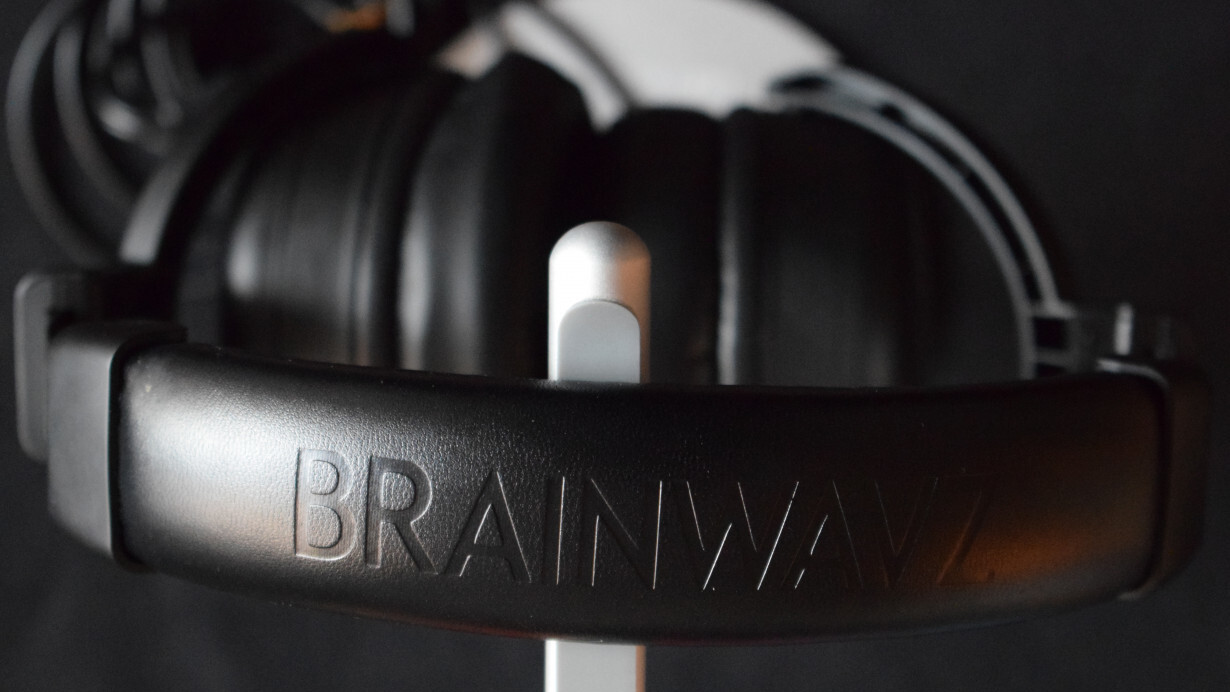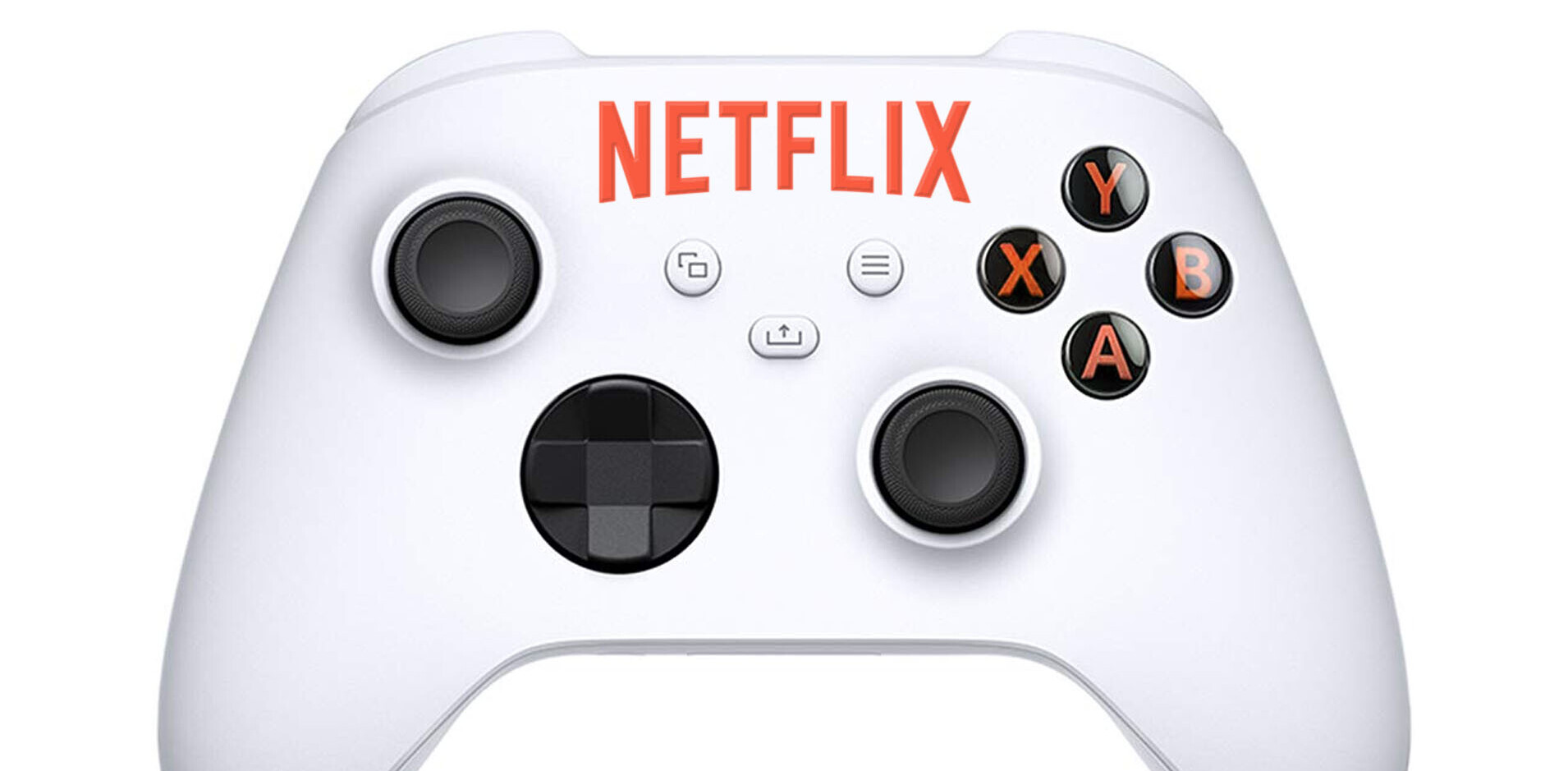
- Product
- HM5
- Price
- $$109.50
Studio headphones can be pricey beasts. They’re designed to offer the precision required when mixing audio or editing video. At the cheaper end of the scale is the Brainwavz HM5, which retails at just under $110.
Brainwavz isn’t a household name, and the HM5 lacks many of the bells-and-whistles offered by more everyday-focused cans. There’s no noise-cancelling or bluetooth. Just faithful reproduction of music.

TNW’s got its grubby mits on a pair a couple of weeks ago, and so far, we’re decidedly impressed. But read on for our full breakdown of what makes these pocket-friendly studio cans so worthwhile.
Design
The Brainwavz HM5 connects to an output device over bog-standard 3.5mm or 6.35mm jacks. For the device to work, both left and right sides of the headphones need to be connected.

The earcups themselves are supremely comfortable, and are wide enough to ensure that they completely enclose your ears. They’re constructed of a comfortable memory foam fabric, which makes them ideal for long listening. That’s pretty sensible, considering Brainwavz intends these to be used in a professional or semi-professional setting.
Overall though, the Brainwavz aren’t especially flashy — at least, on the outside. They’ve got a pretty simple construction, blending basic hues of black and grey, and with the Brainwavz branding stitched subtly across the headband.

And that’s about it. It’s worth noting that the Brainwavz HM5 comes with a hard case, quite generously filled with an assortment of cables, connectors, and replacement ear cups. It also includes a shoulder strap, allowing you to carry around the cans without having to shove them in a bag.
Performance
I was reasonably impressed with the Brainwavz HM5. The cans themselves are delightfully well-balanced, without too much emphasis on the lows or highs, and faithfully reproduced everything I played on it.
We tested the cans with an assortment of tracks, but as we tend to do in audio reviews, we’re going to highlight just a couple of songs. The first is 2015’s Well Dressed, from Philadelphia indie band Hop Along.
The track starts with the marriage of an accoustic guitar, and Frances Quinlan’s aching vocals. As the track progresses, it transforms into a more conventional indie rock song. It introduces drums and bass, and an electric guitar mournfully strumms a catchy riff.
Quinlan’s vocal range is nothing short of fascinating. At times, it feels like she’s screeching out the lyrics, while at other times, she climbs into a perfect falsetto. During the high moments, the HM5 retained perfect fidelity, and she didn’t sound shrill or strained.
When the song reached its crecendo, it didn’t sound particularly muddy or compressed, which is an all-too-familiar problem on lower-end headphones.
But what about tracks from other genres, like Graffiti, from Scottish indietronica legends CHVRCHES?
The song starts with an upbeat synth riff, before sharply moving into Lauren Mayberry’s celtic-tinged vocals, and a pounding bass riff.
The HM5’s excellently-balanced performance coped admirably with the track. At ear-bleeding levels, Iain Cook’s bass playing wasn’t distorted, and there was an element of crispness to Martin Doherty’s synth playing.
That said, I couldn’t help but feel here, the Brainwavz HM5 was too balanced for its own good. Graffiti is one of those tracks where you want to listen to it with the bass cranked up to 11, even if it’s not exactly what the record producer imagined. In this area, the HM5 fell a little short.
Who is this for?
If you’re looking for some cans for everyday listening, I can’t argue against the Brainwavz HM5, which offers a faithfully balanced (if not neutral) listening profile, and some of the best comfort I’ve experienced on a pair of low-budget cans.
Obviously, there are a lot of brands competing in the same sphere here, including Shure and Audio-Technica, both of which have compelling closed-back studio cans.
Before you drop down your hard-earned cash for the Brainwavz HM5, maybe take a look at Audio-Technica ATH-M50X. If you can stretch your budget a bit, also consider the Shure SRH840-E.
We like some products. We don’t like others. Either way, if you buy something through our affiliate links, we get a small cut of the revenue. This isn’t a sponsored post, but for the sake of transparency, you deserve to know what’s up.
Get the TNW newsletter
Get the most important tech news in your inbox each week.




